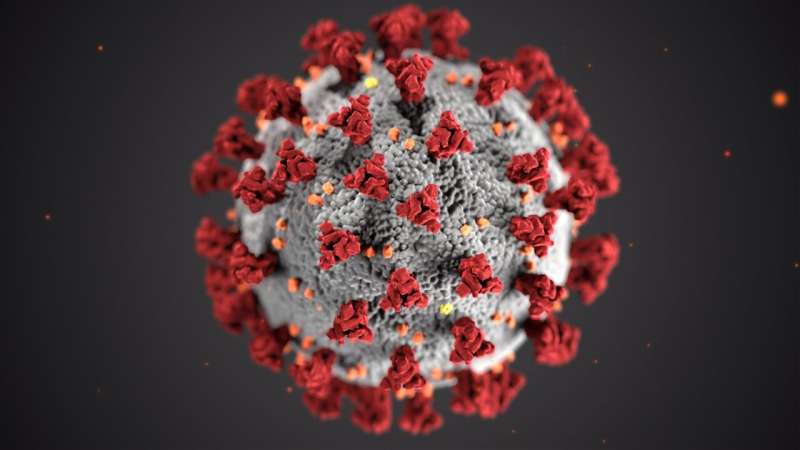This article has been reviewed according to Science X's editorial process and policies. Editors have highlighted the following attributes while ensuring the content's credibility:
fact-checked
trusted source
proofread
Massive study pinpoints COVID prevention strategies for kids

A huge study of Victoria's attempt to prevent COVID-19 from spreading in school-age children has highlighted which measures were most useful and called into question the effectiveness of school closures for some age groups.
Oyelola Adegboye, a Senior Lecturer in Biostatistics, and Associate Professor Theophilus Emeto at James Cook University's College of Public Health & Tropical Medicine were part of a research team that included researchers from Monash and La Trobe Universities.
The scientists analyzed all COVID-19 cases in patients aged 0–19 years in Victoria, more than 240,000 in total.
Dr. Adegboye said despite several restrictive measures, the infection rate among children and adolescents in Victoria was still higher than in other areas.
"The proportion of confirmed cases in people aged under 20 years was more than a quarter of the total number of infections in Victoria from 11 October 2020 to 10 October 2022. So, it was crucial to identify measures to prevent the spread of the virus in that age group," said Dr. Emeto.
Associate Professor David Taniar of Monash University, the senior author of the study, said the researchers found school-initiated contact tracing and testing policies were the most effective interventions for both 0–9 and 10–19 year olds.
"Our study is consistent with previous studies showing contact tracing programs and testing policies can be highly effective in swiftly preventing infections on campuses and in the community," said Dr. Taniar.
He said overall school closures appear to have made a relatively small contribution to reducing SARS-CoV-2 transmission and preventing COVID-19 infection, despite being one of the most common prevention strategies used by governments worldwide.
The paper's lead author, Shiyang Lyu, an Assistant Lecturer in the Faculty of Information Technology at Monash University, said, "Specifically, our simulation results showed that school closure had the third highest impact score within the dimension of prevention strategies for the 0–9 years age group, but was not a major contributor for the 10–19 age group."
"This finding is consistent with previous research showing that younger children have an increased risk of SARS-CoV-2 transmission than other age groups," Dr. Adegboye said.
He said the study indicates effective contract tracing programs, mandatory face covering requirements, comprehensive testing policies, and vaccination requirements in the education sector are significantly associated with the prevention of COVID-19 in schools.
"Based on our results, we recommend an effective and swift contact tracing and test system within educational facilities to prevent further transmission of SARS-CoV-2. Wearing facial coverings within educational facilities is also highly recommended."
The study is published in the journal Healthcare.
More information: Shiyang Lyu et al, COVID-19 Prevention Strategies for Victoria Students within Educational Facilities: An AI-Based Modelling Study, Healthcare (2023). DOI: 10.3390/healthcare11060860




















